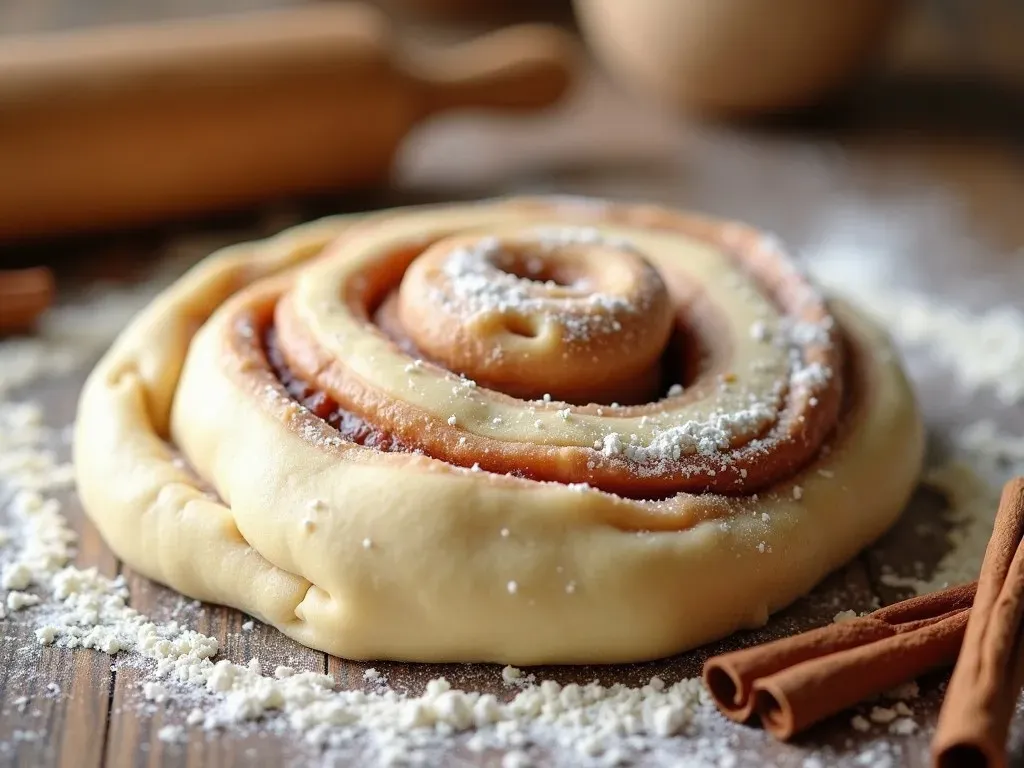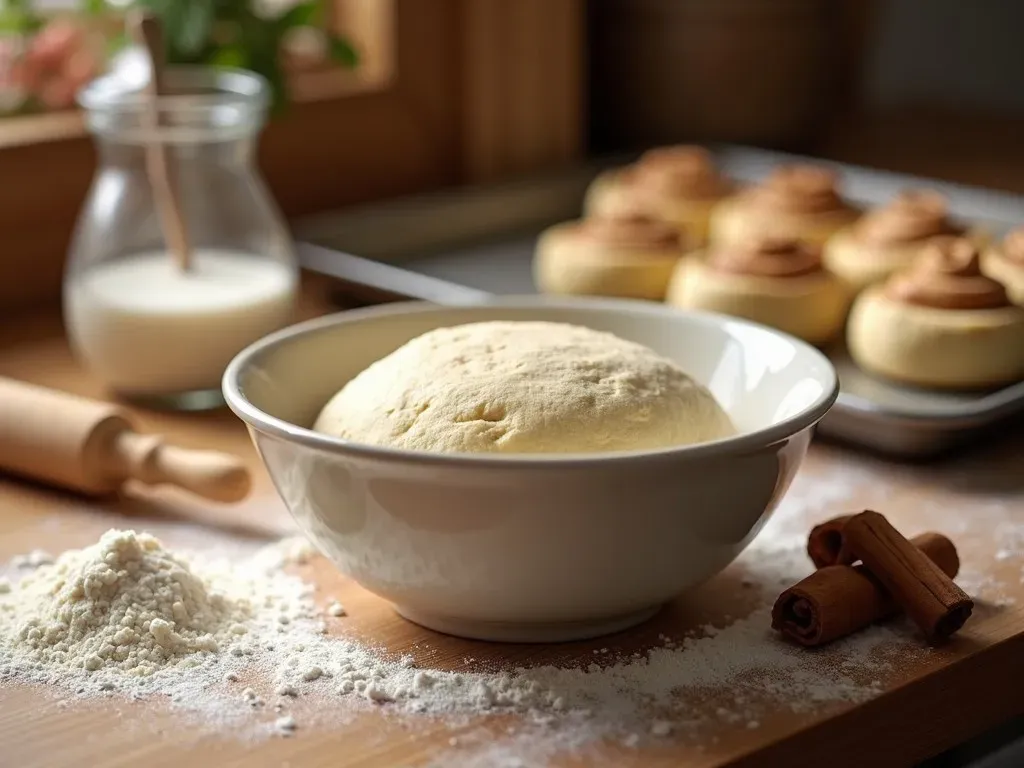Cinnamon roll dough not rising? If you’ve ever faced this frustrating issue while trying to bake delicious cinnamon rolls, you’re not alone. A common problem, dough rising can be affected by a variety of factors, from yeast quality to environmental conditions. Understanding why your cinnamon roll dough refuses to rise is essential for achieving that fluffy texture we all crave.
Key Factors Affecting Dough Rising
When your cinnamon roll dough fails to rise, it can derail your baking plans. Here’s a closer look at some key factors to consider:
-
Yeast Quality
- The primary ingredient responsible for dough rising is yeast. If your yeast is expired or of poor quality, it won’t perform as expected. Always check the expiration date before use.
-
Proofing Temperature
- Yeast needs a warm environment to activate. The optimal temperature for proofing yeast is between 100°F to 110°F (about 37°C to 43°C). If the water is too hot, it can kill the yeast; too cold, and it won’t activate.
-
Sugar and Salt Balance
- Sugar feeds the yeast and aids rising, while salt can inhibit it if used excessively. A balanced amount is crucial. Too much salt weakens gluten and hinders a proper rise. A general guideline is:
- Sugar: 1-2 tablespoons per batch
- Salt: 1 teaspoon per batch
- Sugar feeds the yeast and aids rising, while salt can inhibit it if used excessively. A balanced amount is crucial. Too much salt weakens gluten and hinders a proper rise. A general guideline is:
-
Kneading Technique
- Proper kneading helps develop gluten, trapping carbon dioxide produced by the yeast. An under-kneaded dough will result in inadequate rise, while over-kneading can limit the dough’s potential to stretch.
-
Rising Time
- Rushing the rising process can lead to dense rolls. Standard rising times range between 1 to 2 hours, depending on the recipe and room temperature.
-
Humidity and Temperature of Your Kitchen
- Fluctuating environmental conditions can impact the yeast’s performance. Extremely dry conditions can affect dough hydration while excessive humidity may compromise texture.

Common Mistakes to Avoid
Here’s a list of common mistakes that can lead to cinnamon roll dough not rising:
| Mistake | Result | Solution |
|---|---|---|
| Using old or inactive yeast | Dough won’t rise | Always test yeast freshness before use. |
| Incorrect water temperature | Kills or fails to activate yeast | Use a thermometer to ensure the right temperature. |
| Excessive salt | Dulls yeast action | Measure accurately; stick to recommended ratios. |
| Inadequate kneading | Dense dough | Ensure proper gluten development through appropriate kneading. |
| Skipping the rising time | Flat or dense rolls | Be patient; allow full rising time as per the recipe. |
Troubleshooting Steps
If your cinnamon roll dough is not rising, follow these systematic troubleshooting steps:
-
Check Your Yeast
- If you’re uncertain about its potency, proof the yeast. Mix it with warm water and a pinch of sugar and wait for 5-10 minutes. If it becomes foamy, it’s still good!
-
Monitor the Dough Environment
- Ensure the dough is placed in a warm area, away from drafts. A common technique is to preheat the oven to the lowest setting for a few minutes, then turn it off and place the dough inside to rise.
-
Adjust Ingredients
- Make sure you’re following the recipe closely in terms of ingredient balance. Measure carefully, especially when it comes to salt and sugar.
-
Allow for Adequate Rising
- After kneading, let the dough rise until it doubles in size. This usually takes about 1 hour but can vary based on room conditions.

Environmental Impact
The kitchen environment plays a significant role in dough rising. Here’s a quick breakdown of ideal conditions:
- Temperature: 75°F to 80°F (24°C to 27°C) is optimal for yeast activity.
- Humidity: Moderate humidity enhances dough hydration but excess could lead to sticky doughs that do not hold shape.
- Drafts: Avoid placing dough near drafts or cold surfaces, which can halt the rising process.
FAQs
What should I do if my dough rises too slowly?
Ensure that your yeast is active and the environment is warm enough. If necessary, extend the rising time until the dough has doubled.
Can I Yeast in the fridge to slow rising?
Yes! Refrigerating dough can slow yeast activity, perfect for prep ahead of baking day. However, ensure it warms up to room temperature before baking for proper rise.
What role does sugar play in cinnamon roll dough?
Sugar not only adds sweetness but serves as fuel for yeast, promoting fermentation and dough rising.
Why do some recipes not call for salt?
Salt can inhibit yeast activity when too much is used. Some bakers prefer to add it after the yeast has had time to bloom.
For further reading and detailed guides on baking techniques, visit The Dough Academy.
By understanding these critical aspects of cinnamon roll dough preparation, you’ll be well on your way to achieving that perfect, fluffy rise every time! Happy baking!
